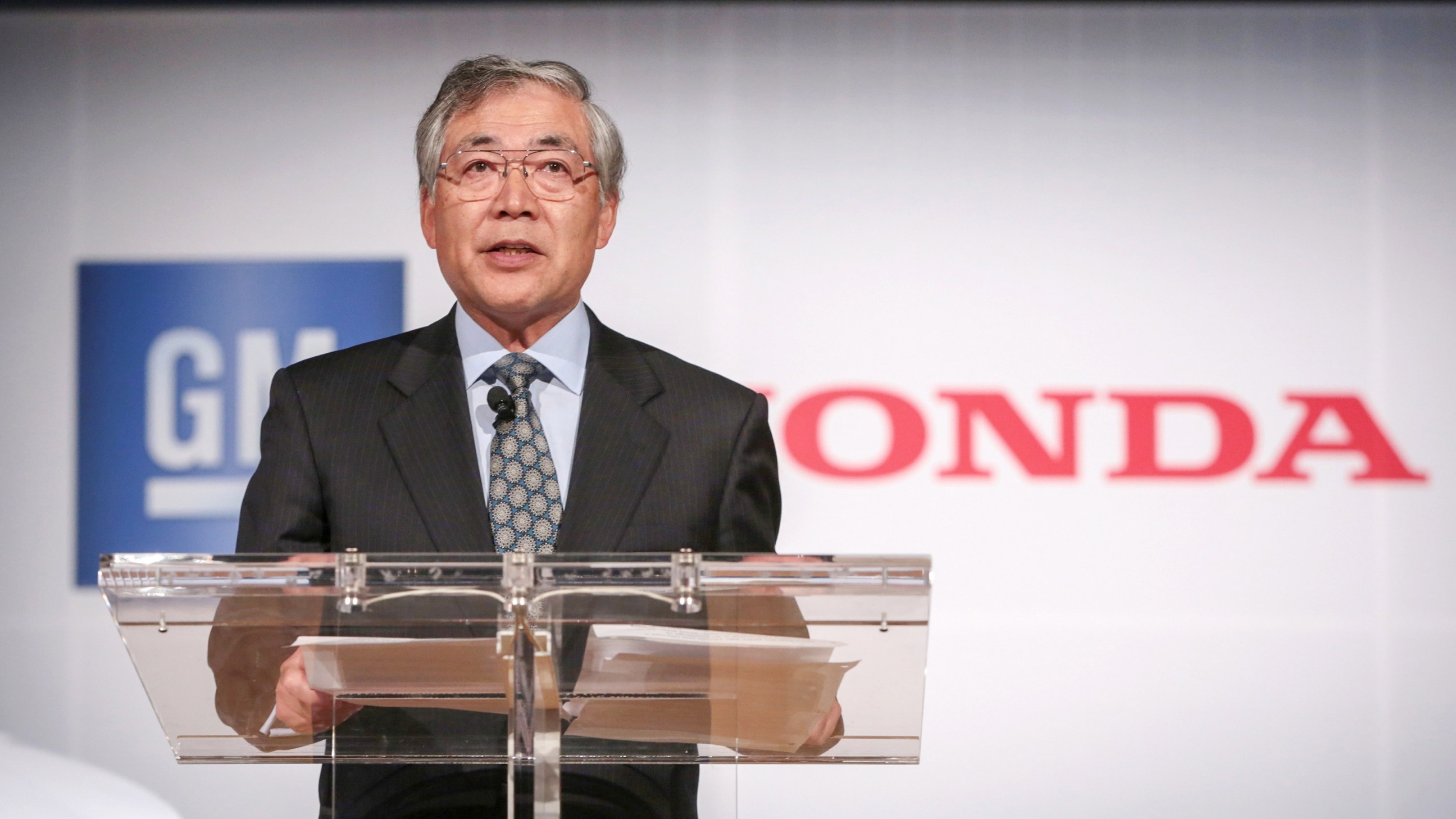General Motors and Honda have agreed to jointly develop a next -generation fuel battery hydrogen storage technologies by 2020. This collaboration is based on sharing knowledge, economies of scale and common hiring strategies.
GM and Honda lead innovation in fuel battery technologies . Between them they have more than 1,200 patents presented between 2002 and 2012 occupying No. 1 and No. 2 in the clean energy patent growth index.
"This collaboration is based on the strengths of Honda and GM as leaders in hydrogen fuel cell technology," said Dan Akerson, president and CEO of GM. "This important technology has the potential to help reduce oil dependence and establish sustainable mobility."
Takanobu Ito, president and CEO of Honda said: "Among all CO2 zero emission technologies, electric battery vehicles have a definitive advantage with a fuel recharge time range as good as conventional gasoline cars. Honda and GM are willing to accelerate the market penetration of this late fuel batteries and create an advanced system that will be as much or more capable and more affordable. "
Programs developed by General Motors and Honda e Regarding electric batteries and Hydrogen
GM started in 2007 the Driveway Project program that has accumulated almost 3 million kilometers of driving in the real world in a fleet of 119 vehicles driven by hydrogen, more than any other car manufacturer.
Honda, on the other hand, began renting the Honda FCX in 2002 and has deployed 85 units in the US and Japan, including its successor, FCX Clarity, which was appointed the 2009 Green World Order. Honda has delivered these vehicles to customers in the US in the US and has collected valuable data on the real use of fuel of electric battery vehicles.
As announced, Honda plans to launch the successor of FCX Clarity in Japan and the United States in 2015, and then in Europe. GM will announce its fuel battery production plans on a later date.
Electric and hydrogen batteries address many of the great challenges of today's cars - oil dependence, emissions, efficiency, scope and recharge times. Fuel battery vehicles can work with renewable hydrogen from sources such as wind and biomass. The only emission of fuel battery vehicles is water vapor.
In addition, fuel battery vehicles can have a range of up to 643 kilometers of driving, can be recharged in just three minutes, and fuel battery can be used in small, medium and large vehicles.
























































